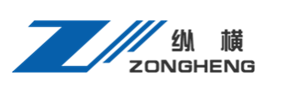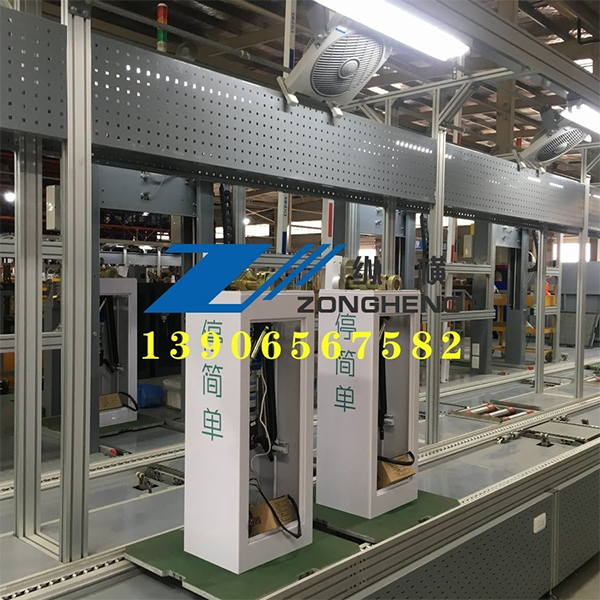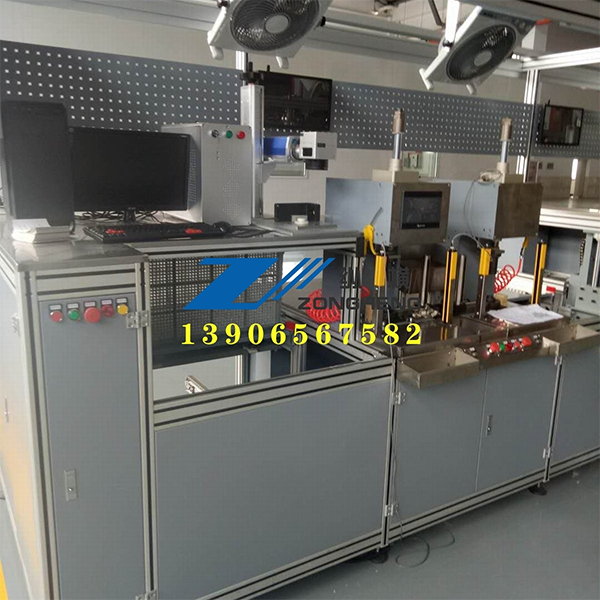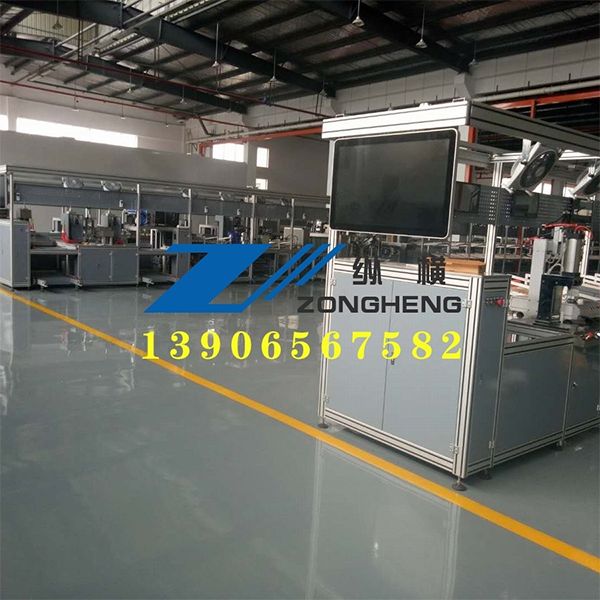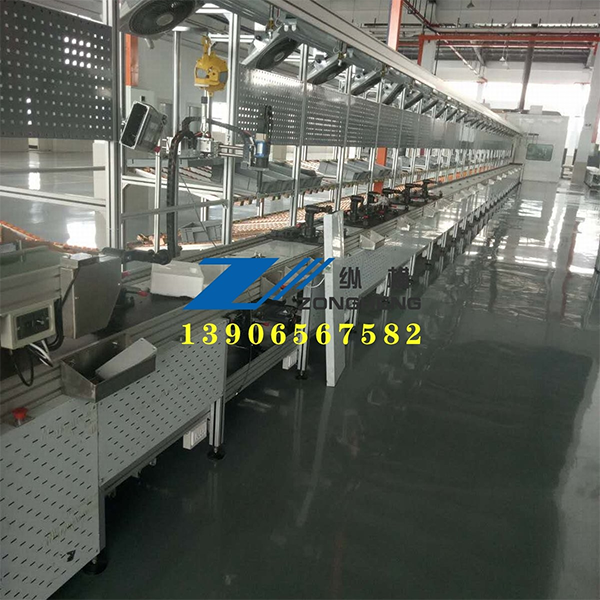How to prevent the temperature of the conveyor belt on the production line from rising
2025-08-07
1. Reduce friction-induced heat generation
The primary cause of conveyor belt temperature rise is friction during operation (including friction between the conveyor belt and contact components, as well as friction caused by the conveyor belt's own deformation), which must be controlled by optimizing contact relationships and reducing the coefficient of friction:
Optimize the fit between the conveyor belt and contact components
Ensure smooth rotation of idlers/rollers:
Idlers and drive rollers are the components in closest contact with the conveyor belt. If their bearings become stuck or rotate poorly, friction transitions from “rolling friction” to “sliding friction,” causing the friction coefficient to surge sharply and resulting in a sudden temperature increase.
Regularly inspect the rotational flexibility of idlers and drums, promptly replace bearings in stuck components, and apply high-temperature-resistant grease.
For long-running production lines, replace standard idlers with self-lubricating idlers or ultra-high molecular weight polyethylene idlers to significantly reduce friction-induced heat generation.
Control the friction caused by belt deviation from the frame:
When the conveyor belt deviates, its edges may come into hard contact with the frame guards or supports, causing localized high temperatures.
Install an automatic alignment device to correct belt deviation in real time and ensure it runs along the center track;
Install wear-resistant guide strips on the frame edges to prevent direct friction between the belt and the metal frame.
Reasonably control the tension of the conveyor belt
When the tension is too high, the normal force between the conveyor belt and the idlers/rollers increases, leading to higher friction resistance and temperature rise.
Adjust the tension via the tensioning device, using the standard of “the conveyor belt does not slip and runs smoothly”;
Newly installed conveyor belts should have a “break-in period,” with initial tension set to 80% of the normal operating value to avoid excessive stretching and increased friction.
2.Enhance heat dissipation capacity
Even with minimal friction-induced heat generation, enhanced heat dissipation can prevent heat accumulation and maintain stable temperatures:
Active cooling system design
Forced ventilation cooling:
Install axial fans or centrifugal fans below the conveyor belt, directing airflow toward the bottom of the belt and idlers to accelerate air circulation and dissipate heat;
if the workshop has low dust levels, adjustable-angle fans can be installed above the belt to create vertical convection.
Water-cooled/air-cooled cooling rollers:
For high-load, high-speed production lines, critical idler rollers or drive drums can be replaced with hollow cooling rollers:
Water-cooled rollers: Internal circulating cooling water absorbs heat from the drum, which is then cooled and recirculated via an external cooling tower;
Air-cooled rollers: The roller surface is designed with heat dissipation fins, and an internal small fan draws air to accelerate heat exchange between the roller and the air.
Optimize heat dissipation in the conveyor belt's surrounding environment
Reduce heat source interference:
Avoid placing the conveyor belt near high-temperature equipment. If separation is not possible, install insulation panels between them to block heat radiation;
When the workshop temperature is excessively high (e.g., exceeding 35°C in summer), activate workshop air conditioning, industrial cooling fans, or exhaust fans to maintain the environmental temperature between 25–30°C.
Increase heat dissipation area:
For the conveyor belt itself, use perforated belts instead of closed belts to allow airflow through the mesh and enhance heat dissipation;
For the idler roller supports beneath the conveyor belt, apply heat-dissipating paint to accelerate heat release into the environment.
3.Establish a regular monitoring and maintenance mechanism
Real-time temperature monitoring: Install infrared temperature sensors in areas prone to overheating on the conveyor belt, connect them to the control system, and set temperature thresholds (e.g., ≤60°C for standard conveyor belts and ≤120°C for high-temperature conveyor belts). If the temperature exceeds the threshold, the system should automatically shut down and trigger an alarm;
Regular cleaning and inspection: Clean oil stains and dust from the conveyor belt surface weekly, and inspect the belt monthly for localized wear (wear areas may overheat due to abnormal friction), repairing or replacing them promptly;
Aging assessment: For conveyor belts in use for over one year, regularly test their elastic modulus (aging reduces elasticity, increasing friction-induced heat generation), and replace them promptly when they reach scrap standards to prevent temperature runaway due to performance degradation.
